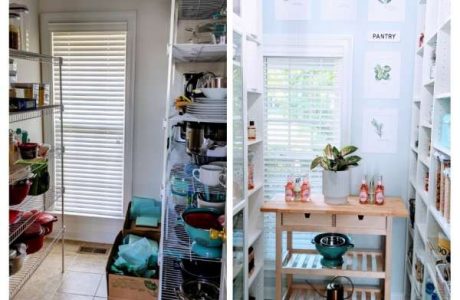
If you are getting tired of the cold of winter, and craving some outdoor time, then you need to check out this site with inspiration for 8 different styles of outdoor fireplaces. Outdoor fireplaces can be used year-round, and not only be beautiful, but functional as well. Take a look through this post and get some great ideas for either your own project or for some simple daydreaming as well.
Read the post here: 8 Outdoor Fireplaces
Building a DIY fireplace is one of those projects that sounds like a lot of fun—until you realize you’re dealing with something that could potentially burn your house down. Speaking from experience, it’s not just about making something that looks good; it’s about making something safe. Trust me, I learned the hard way that there are a few things you absolutely need to consider before diving into this fiery adventure.
First off, materials matter—a lot. You might think that any old brick or stone will do, but if it’s not fire-rated, you’re asking for trouble. Firebrick and heat-resistant mortar are your best friends here. Regular bricks can crack under the intense heat, and you don’t want that happening when you’ve got a roaring fire going. I found this out after seeing a few tiny cracks that I initially brushed off as “no big deal.” Spoiler alert: they are a big deal.
Next up, let’s talk about ventilation. This is where I almost messed up big time. It’s tempting to make the fireplace look sleek and streamlined, but you need to make sure it has proper airflow. Without good ventilation, not only will your fire struggle to stay lit, but you also run the risk of smoke backing up into your home. Make sure there’s enough space for the air to circulate—both to feed the fire and to let the smoke escape properly. Chimney height, flue size, and proper drafting are crucial here. I had to do some retrofitting after realizing my chimney wasn’t drawing smoke up as efficiently as it should.
Another thing to keep in mind is where you’re putting this fireplace. If you’re thinking about an indoor fireplace, check your local building codes and make sure you have the right permits. There are regulations for how close a fireplace can be to walls and ceilings, and you need to have a non-combustible hearth in front of it to catch any stray sparks. I initially underestimated how far those sparks could fly, but after a near miss with a carpet, I learned quickly.
Speaking of sparks, a spark screen or glass doors are a must-have. It’s not just about aesthetics—these things prevent embers from escaping the fireplace and landing on something flammable. I didn’t think I needed one until I noticed tiny burn marks on the nearby rug. Now, I’m a believer.
Lastly, think about maintenance and cleaning. You’re going to need to clean out ashes regularly and make sure the chimney stays clear of creosote buildup. I didn’t realize how quickly that gunk can accumulate, and it’s a major fire hazard if left unchecked. Invest in a good chimney brush or hire a professional to clean it annually if you’re not up for the task.
Building a DIY fireplace can be incredibly rewarding, but it’s not something to take lightly. If you’re new to this, start small, do your research, and don’t cut corners. It’s all fun and games until you realize that your cozy new fireplace could become a serious safety hazard if you’re not careful. Take it from me—there’s no such thing as being too cautious when it comes to playing with fire.




